Have you ever watched a bulldog snore, snuffle, or struggle to catch its breath and felt your heart twist? Flat-faced dog breeds, with their adorable squashed noses and expressive eyes, have stolen the hearts of millions. Yet behind those charming faces lies a hidden struggle: many of these beloved companions fight for every breath they take. Let’s dive deep into the world of brachycephalic breeds, exploring the challenges they face and how devoted owners can make a world of difference in their lives.
Understanding Brachycephalic Breeds
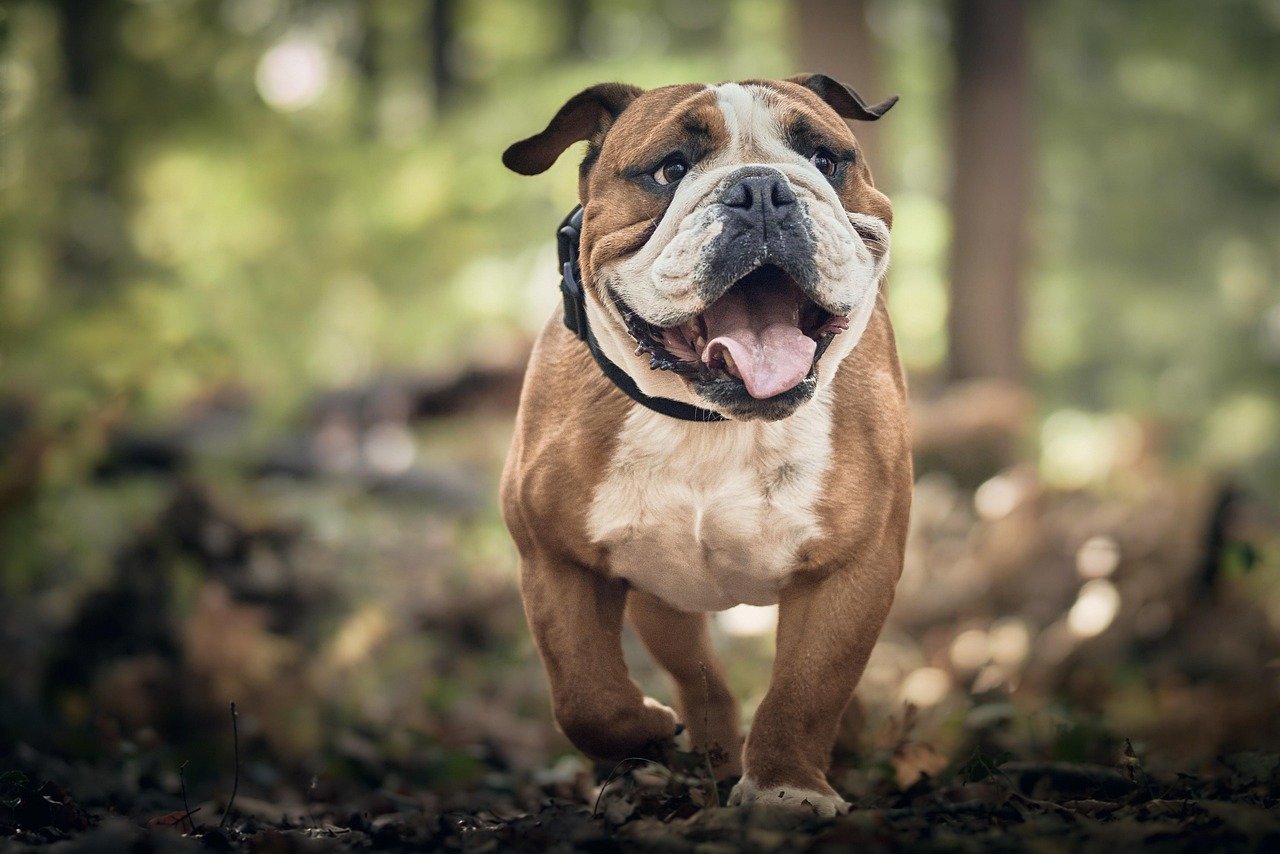
With their squishy faces, expressive eyes, and charming personalities, flat-faced breeds like Bulldogs, Pugs, and Frenchies have captured the hearts of dog lovers everywhere. But behind those adorable looks lies a serious concern: breathing difficulties caused by their brachycephalic anatomy. These breeds are prone to respiratory issues that can affect everything from their ability to exercise to how they handle heat or stress. Understanding their unique needs is key to helping them live a comfortable, happy life.
Flat-faced, or brachycephalic, breeds include well-known favorites like Bulldogs, Pugs, Boxers, and Shih Tzus. Their distinct facial structure is the result of selective breeding for short snouts and wide jaws, giving them their unmistakable “squished” look. While these features are undeniably cute, they come at a cost. Their shortened airways can cause breathing difficulties, noisy respiration, and increased risk of overheating. People often fall in love with their unique appearance, but few realize how these physical traits affect their daily comfort and health. The love for their looks sometimes overshadows the breed’s underlying medical needs. Understanding this is the first step toward responsible and compassionate care.
Common Breathing Problems in Bulldogs and Friends

Bulldogs and other flat-faced breeds often suffer from Brachycephalic Obstructive Airway Syndrome (BOAS). This syndrome includes a range of problems, from narrow nostrils (stenotic nares) and elongated soft palates to smaller windpipes (hypoplastic trachea). Dogs with BOAS may struggle to exercise, tire easily, snore loudly, and even collapse after excitement or heat exposure. It’s heartbreaking to see a playful pup eager to run, only to be held back by gasping breaths. These breathing issues can also disrupt sleep, making it hard for dogs to rest well. Awareness of these symptoms allows owners to act fast and prevent emergencies.
Spotting the Warning Signs Early
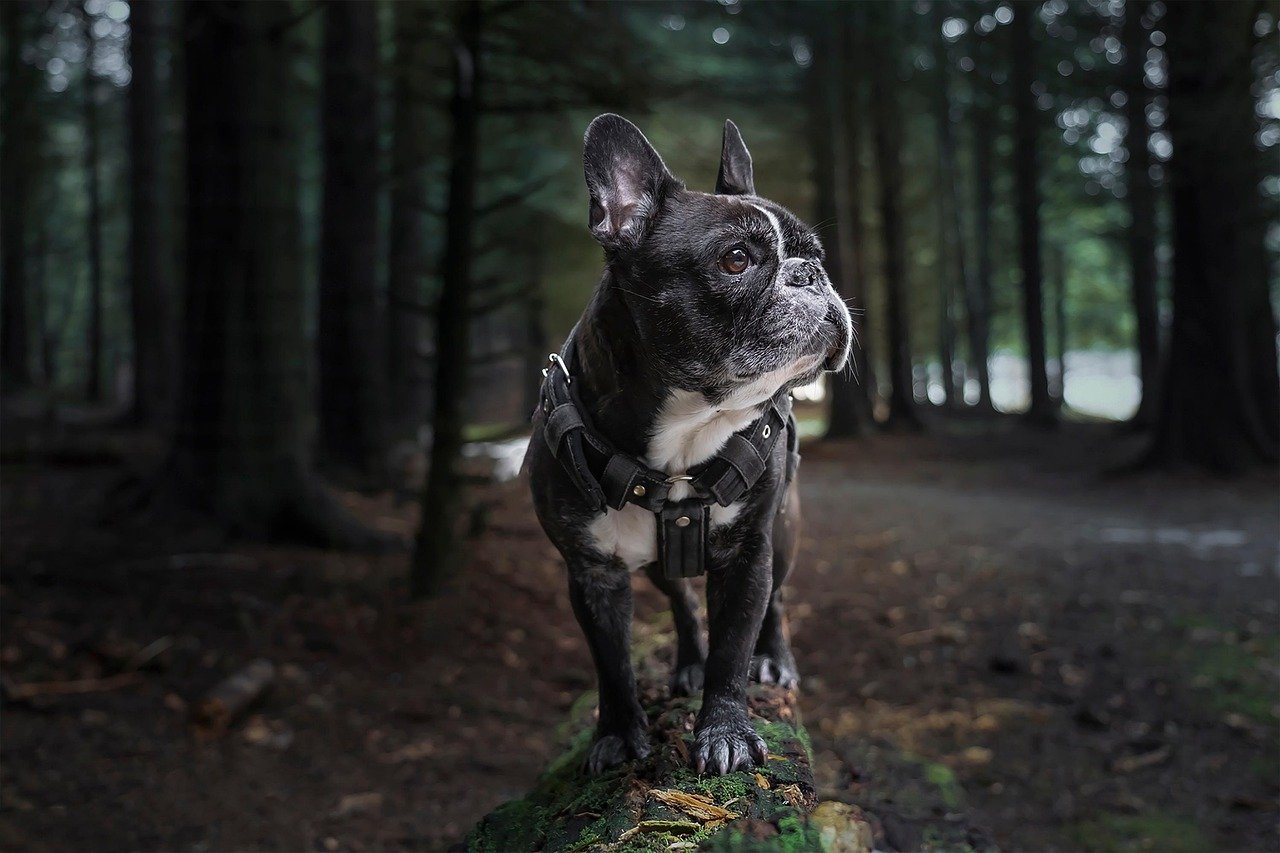
Recognizing breathing trouble early can save lives and improve your dog’s quality of life. Watch for noisy breathing, persistent snoring (even when awake), gagging, blue gums, or episodes of fainting. Does your dog avoid exercise or seem anxious in warm weather? These could be signs of airway distress. Sometimes, dogs will assume a “pray position”—stretching their neck and standing with their elbows out—to open up their airways. Trust your instincts as a pet parent; if your dog seems uncomfortable or different, it’s better to check with a vet sooner rather than later. Early intervention can mean the difference between a manageable issue and a critical emergency.
The Role of Weight Management
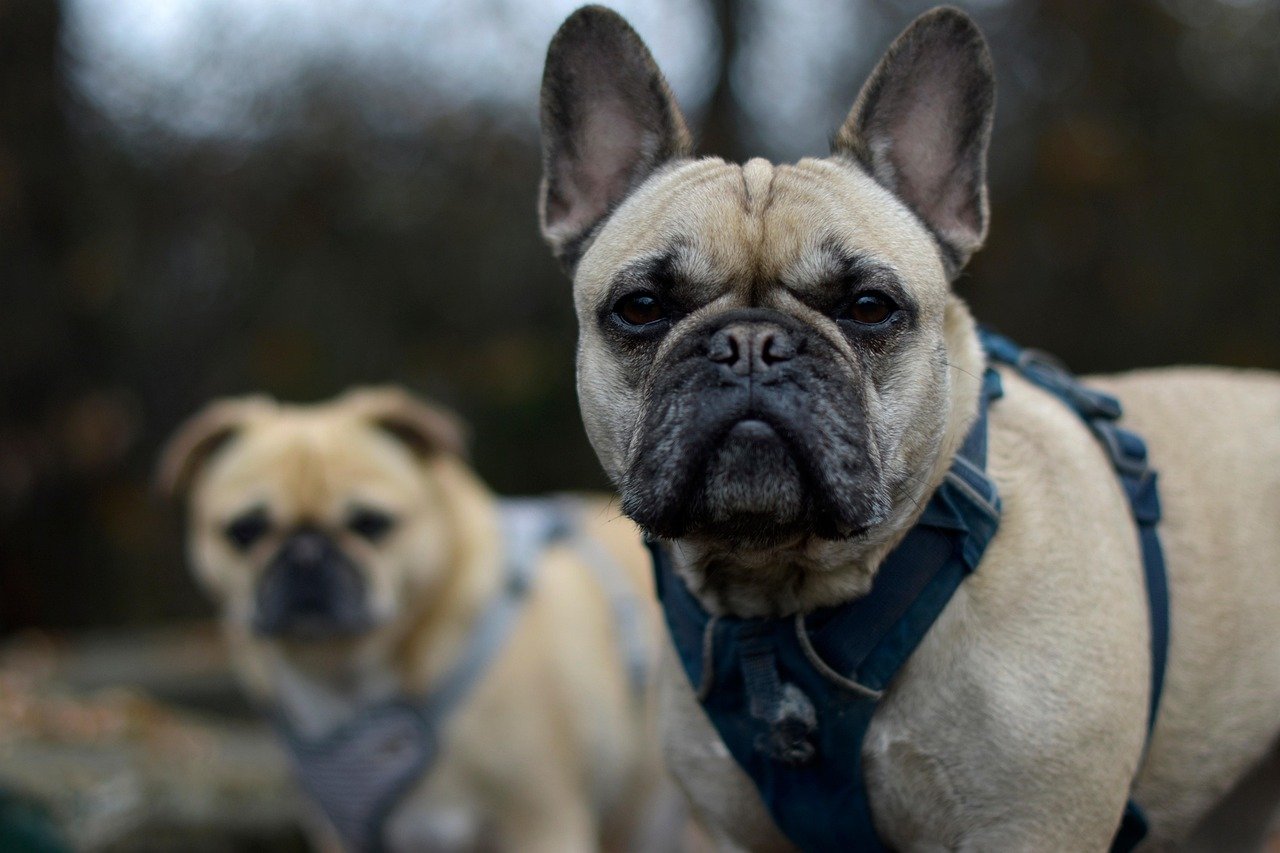
Carrying extra weight is especially hard on flat-faced breeds. Every additional pound puts more pressure on their already narrow airways, making breathing even harder. Obesity is a common issue, as these breeds often have lower activity levels due to their breathing limitations. Owners must be vigilant about portion control and treats, resisting those pleading puppy eyes. A lean body means less effort to breathe, more energy for play, and a lower risk of dangerous complications. Simple changes, like switching to low-calorie treats or using slow-feeder bowls, can make a huge difference. Remember, when it comes to flat-faced dogs, less weight means more life.
Keeping Cool: Why Temperature Matters
Heat is a silent enemy for brachycephalic dogs. They can’t pant efficiently, which makes it hard for them to cool down. Even a warm spring day can turn dangerous. Panting is a dog’s main way to release heat, but for Bulldogs and Pugs, this system is compromised. Heatstroke can develop rapidly, with symptoms like heavy panting, drooling, weakness, and even collapse. Always provide shade and fresh water, and never leave your flat-faced dog in a car or direct sunlight. Walks should be shorter and scheduled during cooler parts of the day. Sometimes, a cool damp towel or a fan is the best gift you can give your furry friend.
Everyday Life Adjustments for Happier Breathing
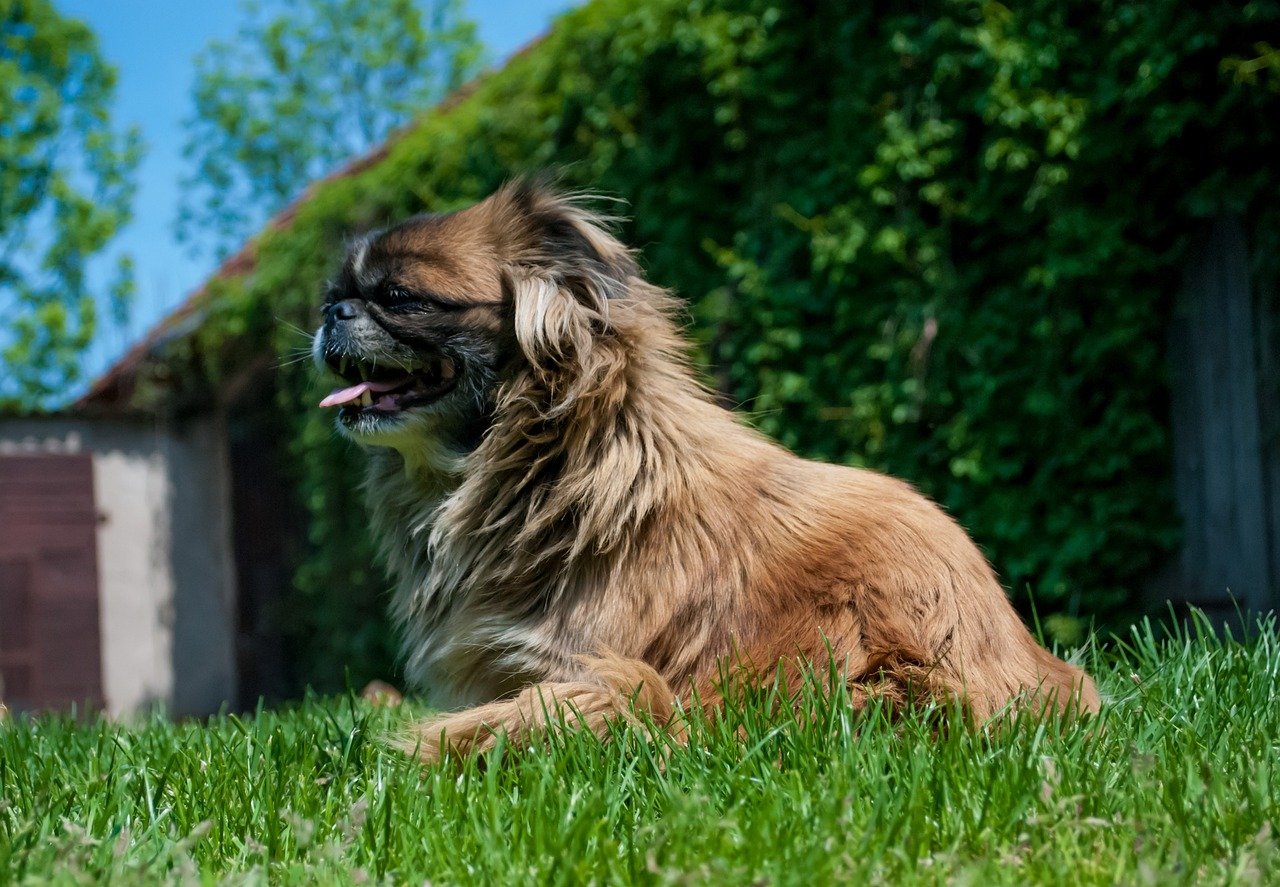
Small changes at home can ease your dog’s struggle. Use harnesses instead of collars to reduce pressure on the neck. Create a calm, cool resting area with good airflow. Avoid strenuous exercise, especially in heat or humidity. Some owners find that raising food bowls or using slow-feeder dishes helps prevent choking or gulping. Keep your dog’s face clean, especially the folds, to reduce the risk of skin infections that can complicate breathing. Regular, gentle grooming sessions can also be a bonding time that keeps your dog comfortable. The little things add up, and your pet will thank you with every easy breath.
Veterinary Care and Surgical Options
Veterinary care is crucial for flat-faced breeds. Regular checkups help monitor breathing and catch issues early. In severe cases, surgery can improve airflow—procedures like widening the nostrils or shortening the soft palate can transform a dog’s life. Many owners are amazed to see their pets play, run, and rest comfortably after surgery. Don’t hesitate to discuss your concerns with your vet; they can guide you through available options and what to expect. Medication and management plans are also available for less severe cases. Remember, your vet is your best ally in protecting your dog’s health.
The Importance of Responsible Breeding
The popularity of flat-faced breeds has, sadly, led to irresponsible breeding practices. Some breeders prioritize appearance over health, passing on severe airway problems to future generations. As a potential owner, always seek out breeders who screen for health issues and prioritize well-being over looks. Ask questions, request health certificates, and meet the puppy’s parents if possible. Supporting ethical breeders helps shift demand toward healthier, happier dogs. Adoption can also be a wonderful option, giving a loving home to dogs in need. Together, we can change the future for these breeds, one responsible choice at a time.
Emotional Support: Understanding Your Dog’s Experience

Living with breathing challenges can be stressful for dogs. They may become anxious, frustrated, or even depressed when they can’t keep up with other dogs. Owners can offer comfort by creating a calm environment and celebrating small victories. Positive reinforcement, gentle encouragement, and plenty of cuddles go a long way. It’s also important to educate friends and family about your dog’s needs, so everyone can pitch in to keep them safe and happy. Remember, your compassion and patience are just as important as any medication or surgery. Every breath your dog takes is a testament to your care.
When to Seek Emergency Help
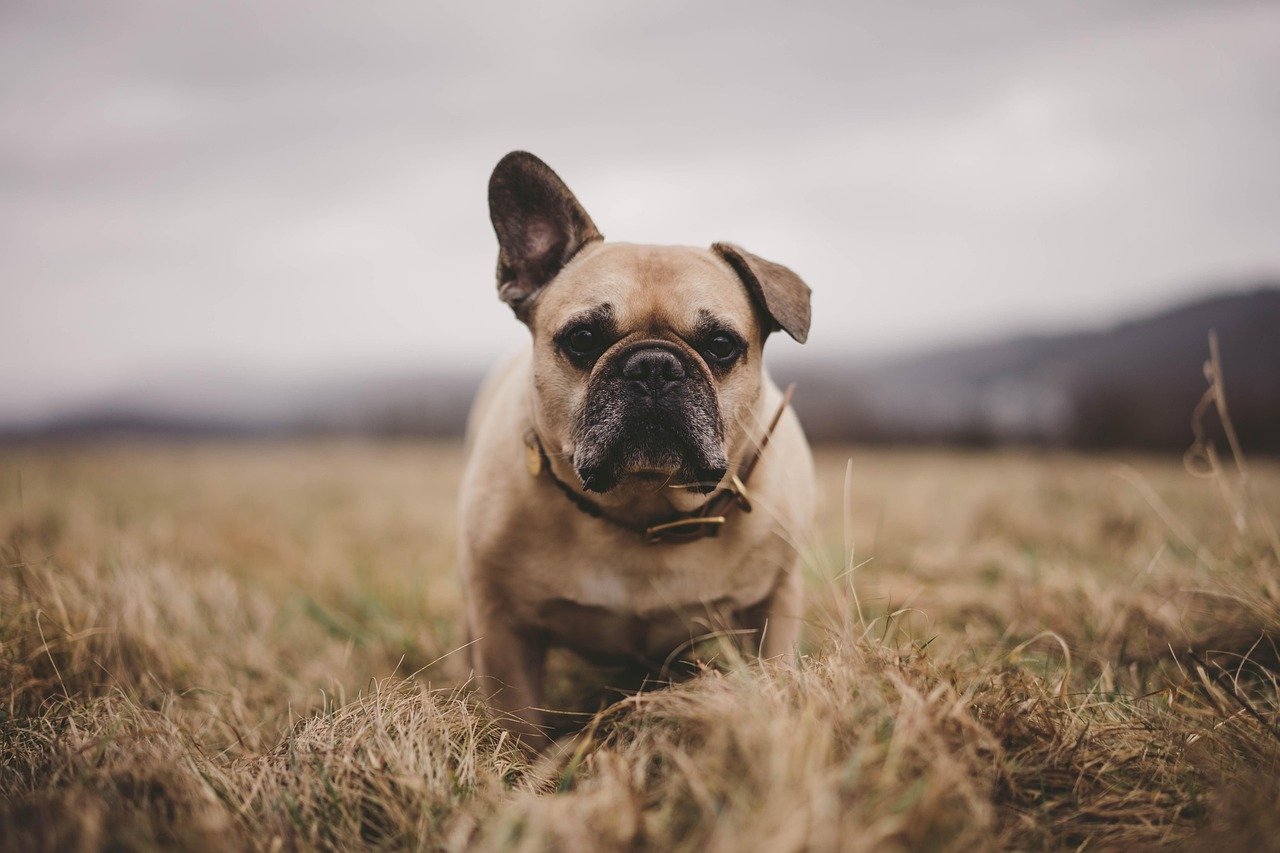
Knowing when to rush to the vet can save your dog’s life. If your dog collapses, turns blue, can’t stand, or struggles to breathe for more than a few minutes, seek emergency care immediately. Keep emergency numbers handy and know the fastest route to your nearest animal hospital. Some owners even keep a small fan or portable oxygen kit for high-risk dogs. Never underestimate a sudden change in your pet’s breathing—trust your instincts and act quickly. It’s always better to be safe than sorry when it comes to your dog’s precious life.

Born and bred in South Africa, a Capetonian at heart. Amy-Leigh’s love for nature and animals was inherited from her Dad. He loves taking the family on road trips to experience nature at its finest; Amy-Leigh’s favourite being whale watching in Hermanus and spotting Kudu along the West Coast. Amy-Leigh holds a BA in English Literature and Communication Studies.





